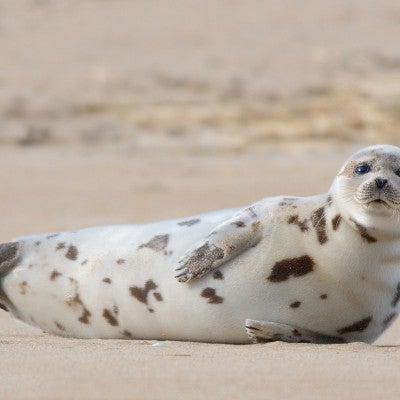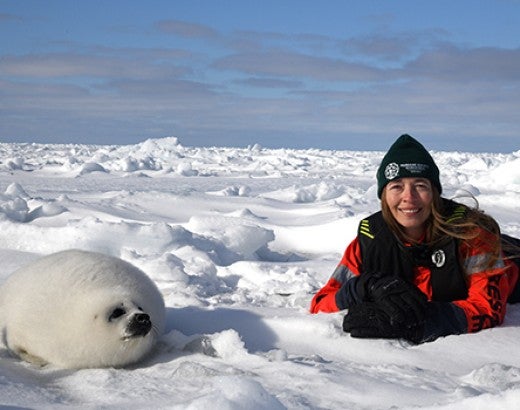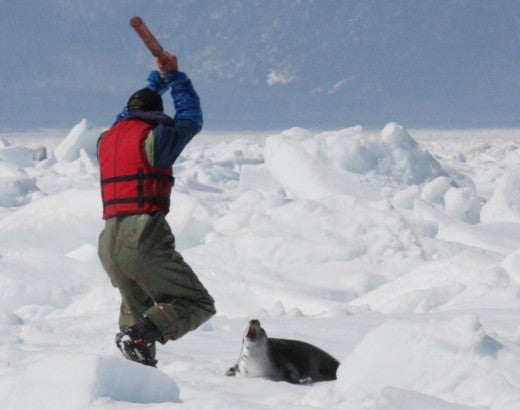When hunting underwater for fish, some seals can hold their breath for half an hour. After leaving water to warm up, sea lions and seals move around on land or ice using their flippers; their scientific classification (pinnipeds) means “fin-feet.”
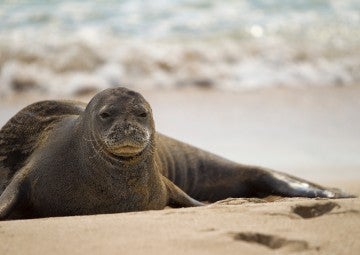
They are currently protected in the U.S., but sea lions and seals are still scapegoated for fish declines that have resulted from overfishing. Many Alaskan species are also threatened by habitat loss and the decline in polar ice where they’ve traditionally lived. It’s important to keep protections under the Marine Mammal Protection Act strong for both sea lions and seals.
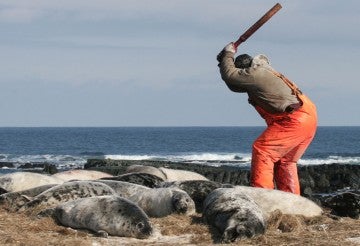
Seal milk contains lots and lots of fat, which is why their roly-poly babies can put on multiple pounds a day while they’re nursing.
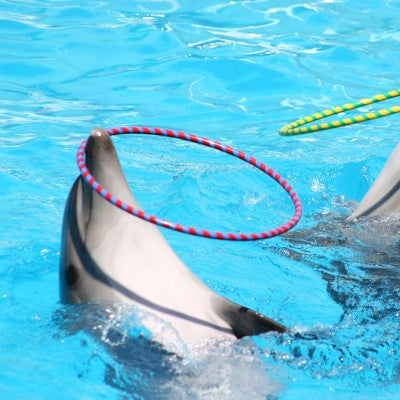
SeaWorld plans to end the breeding of killer whales at its facilities and will not have orcas in any new parks opened around the world. Help spread this momentous change to other aquatic parks by not attending dolphin, whale or other marine mammal shows.
